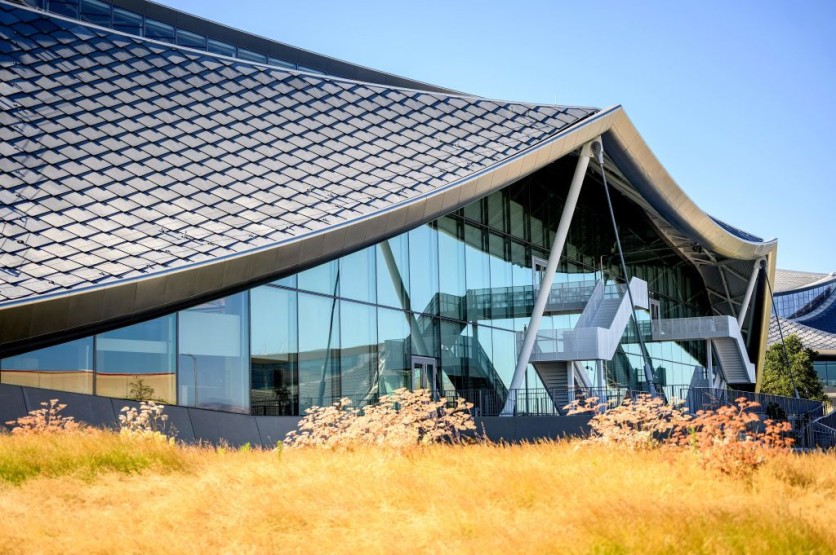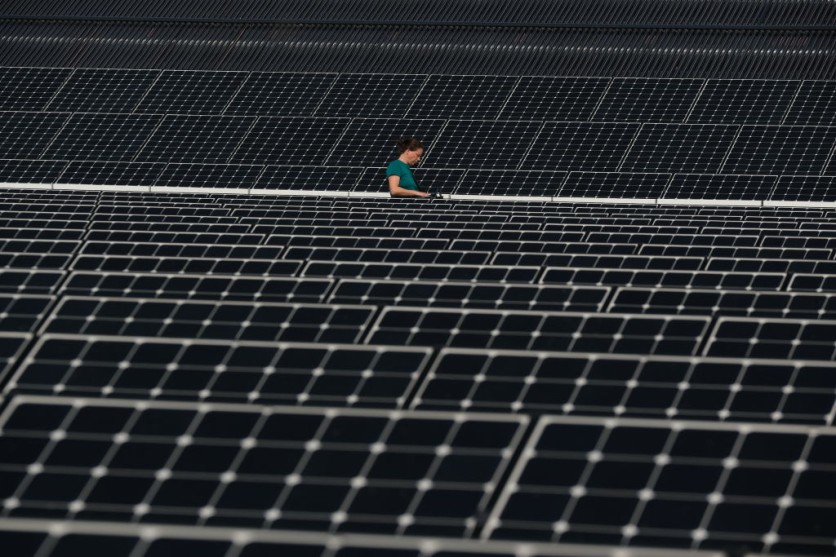In areas where land is scarce, the use of "distributed" solar energy panels mounted on walls and rooftops has grown in popularity.
Taiwan, for instance, offers large subsidies for rooftop solar panels and is required to purchase any excess electricity they generate, which gives farmers' greenhouses a new source of revenue.

Taiwan's Incentive System
As part of Taiwan's strategy to achieve its renewable energy objectives without losing its limited acreage, farmers such as Tseng Tien-fu is deploying dozens of solar panels at a row of greenhouses about 50km (30 miles) from Taipei, according to a report by SMCP.
Tseng, who primarily ships his produce to Japan, is growing his company to satisfy demand from other markets. Government subsidies for solar energy will lessen any threat to his livelihood as he waits for the slowly maturing plants to develop.
This system ensures that farmers like Tseng are not discouraged from using renewable sources of energy because the government will provide him subsidies as an incentive to continue using distributed solar panels.
According to SMCP, a fifth of the island's total territory is used for agriculture, so there isn't much room for vast wind and solar farms, which take up a lot more space than traditional energy sources.
The lack of available land is one of the main barriers to the growth of renewable energy, which is projected to require approximately 10 times more area per unit of energy than regular energy sources.
Hence, Taiwanese farmers use distributed solar panels on their walls and roofs since it is the most viable renewable energy option.

Renewable Energy Attempts
Governments around the world are already attempting to decarbonize their energy systems while minimizing disruptions, preventing issues with farmers, and stopping the additional losses in agriculture and biodiversity.
Taiwan's incentive system for its farmers may have demonstrated how governments can promote sustainable forms of energy without compromising the livelihood of their citizens, who have long relied on conventional energy.
SMCP adds that numerous wind and solar projects in the United States have been halted over fears that they will occupy farmland. Meanwhile, in China, developers are now being urged to use depleted deserts, mountain slopes, and mines.
Since Taiwan has no desert and uses its land intensively, it does not have large-scale solar energy plants, according to Juang Lao-Dar, head of planning at the Taiwan Executive Yuan Council of Agriculture.
"So when we develop green energy, from the country's perspective, we have to look at solar panels that have a smaller impact on production, and it's the same for the agricultural sector."
Related Article : 'Solar Facade': These Embedded Solar Panels Produce 50 Times More Power Than Standard Panels!
This article is owned by Tech Times
Written by Joaquin Victor Tacla
ⓒ 2025 TECHTIMES.com All rights reserved. Do not reproduce without permission.




